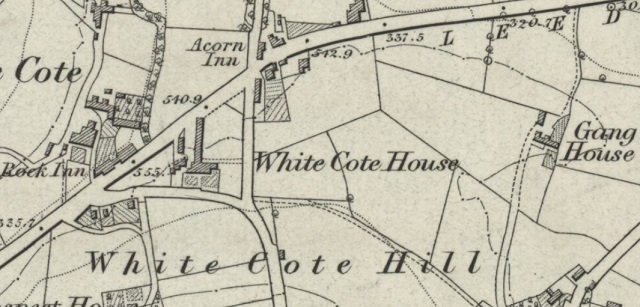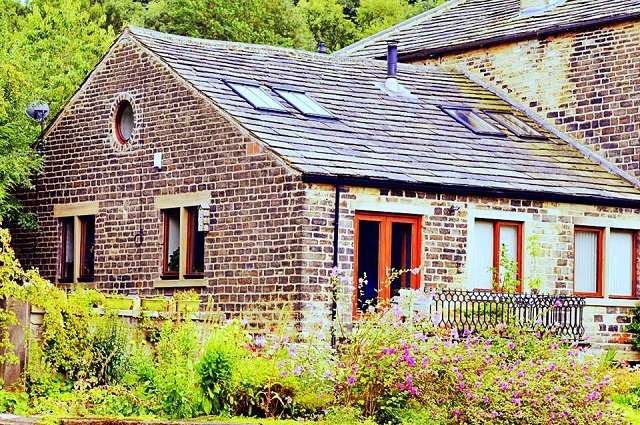Kirkstall Abbey was a powerful landowner in Bramley and the surrounding area until the Dissolution in the mid-16th century, writes Mark Stevenson.
One of its locally-held tenements was ‘Whitecote’, it is thought to have been a Medieval grange or farmstead. This would have been worked by local people, but the profits would have gone to the monks at the Abbey.

A Whitecote House is marked on the 1847 Ordnance Survey Map of the area where this might of been. By the 1880’s the Whitecote House that is there today is named on the maps with no clue as to the fate of the previous one.
The Whitecote House that we have today was built in 1744 and is the large building in the middle, the other two buildings at either side of it were built much later maybe with the coming of the canal.

Other similar buildings used for brewing beer sprang up along the length of the canal because of the transport links it offered.
The one to the left is known as Maltings Cottage and to the right is the Malthouse. The 1891 Bramley census has a Mr Samuel Westcott, a Clothery Agent and his seven children living at Malt Kiln House.
Swing bridge no. 220 used to be at Whitecote House but the bridge is no longer there now.
A comment left on the Leodis website reads:
“My father and his family lived in one of the houses next to the bridge (The Maltkins) when he was a child in the 1920’s.
“When a barge was spotted being hauled along the canal by horse, his Mum would rush out and open the bridge so that the barge would not need to slow down. In return, the barge men would leave several large lumps of coal on the bridge.
“My father remembers the horses often being treated very badly: The barge men would pelt them with lumps of coal to get speed up. Sometimes the horse would fall into the canal if the rope suddenly came tight. There was a sort of slipway by the bridge where the horse would be hauled back onto the towpath to be pelted with coal again.”


[…] the canal is the gradioise looking Whitecote House – the central building was built in 1744; the two side buildings later, perhaps along with […]